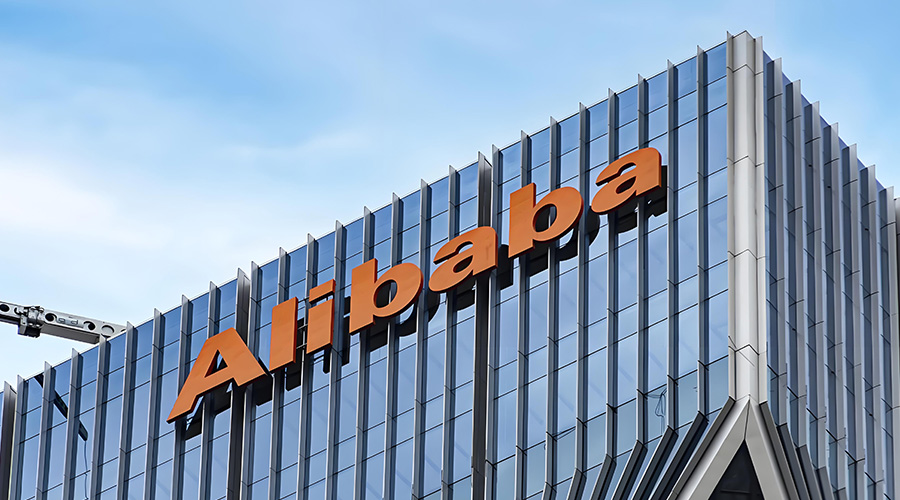🔥How to evaluate a company through dividend yield?
The Dividend Yield Ratio is a crucial indicator that investors pay attention to when evaluating the investment value of listed companies. It reflects the ratio between the dividends paid to shareholders annually by the company and the market price of the stock.
Dividend Yield Ratio = (Dividend per Share / Current Market Price of the Stock) × 100%The level of dividend yield alone cannot determine the merits of a company and requires analysis from multiple angles.
Profitability and Cash Flow
A high dividend yield may suggest that the company has robust profitability and stable cash flows, enabling it to sustainably pay out higher dividends. However, high dividends consume significant corporate cash, potentially impacting future investments and development.
A high dividend yield may also mask financial risks within the company. Hence, it is essential to also consider the company's financial position, debt levels, and other factors during evaluation.
Company Growth Potential
Startups or companies in their growth stage often allocate profits towards expanding operations and reinvestment rather than immediate dividends, resulting in lower or no dividend yields. This is typical among high-growth technology stocks in the US. While these companies may offer modest dividends, they possess significant growth potential.
In contrast, companies with stable cash flows, such as utilities, may offer higher dividend yields but exhibit lower growth potential.
Investors should weigh the balance between dividend income and the company's future growth prospects.
Historical Dividend Yield Trends
Observing a company's historical dividend yield trends can assess its dividend payment stability and growth potential. A consistent dividend payment record strengthens investor confidence. Conversely, reductions or suspensions of dividends, such as Intel's decision to suspend dividends in Q4 2024 following its disastrous Q2 2024 earnings announcement, should raise alarms, indicating economic downturns or operational challenges. This was Intel's first dividend suspension since 1992, causing its stock price to plummet 26.06%, the largest single-day decline since 1982.
Dividend Payout Ratio
Dividend Payout Ratio reflects the proportion of net profit a company distributes to investors annually.
Dividend Payout Ratio = Total Annual Dividends Paid / Net ProfitGenerally, an average dividend payout ratio of 30%–50% over the past few years is considered normal; above 50% indicates a strong emphasis on investor interests; below 30% might be viewed as less generous.
Comparison with Industry Averages
Comparing a company's dividend yield with the average of its peers in the same industry can assess its competitiveness within the sector. A higher-than-average dividend yield may signify better profitability or a more generous dividend policy.
tags:
What does the decrease in dividend yield indicate?








Comments (0)